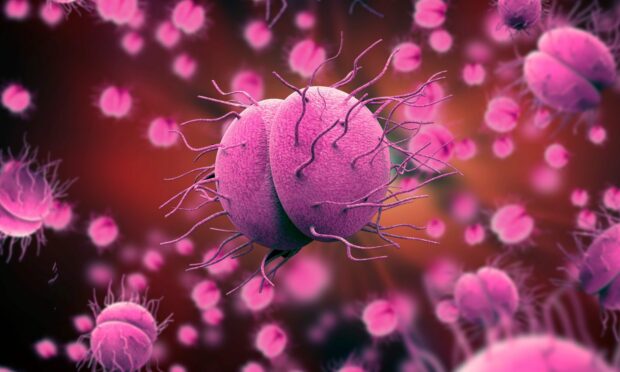The number of gonorrhoea cases in the north and north-east has almost doubled in just a few years.
Around two times as many people were diagnosed with the sexually transmitted infection in 2022 than had been before the pandemic in 2019, according to new figures.
And across Scotland, lab-confirmed cases have more than tripled in a decade to “historically high levels”.
Public Health Scotland data shows there were 539 confirmed diagnoses in Grampian last year, compared to 294 back in 2019.
In the Highlands, there were 147 last year, up from 71 three years prior.
Across Scotland, over the same period, numbers soared from 3,776 to 5,641.
In line with previous years, roughly two-thirds of the cases were in men – but health chiefs have noticed a new trend.
The PHS report into the data says numbers were typically driven by gay, bisexual and other men who have sex with men.
However, since the middle of last year, these diagnoses have fallen, while rates have increased in women and heterosexual men.
Additionally, the younger generation is continuing to account for the bulk of the cases.
Between the middle and end of last year, the rate of positive cases in the 20 to 24 age group almost doubled.
It’s also rocketed by more than four times in under-20s in the last year.
How do the north and north-east compare to other regions?
Further calculations show the rate of gonorrhoea cases in Grampian is higher than many other areas.
Last year there were 141 cases per 100,000 people.
The only areas with more were Lothian (226), Glasgow (200), Tayside (190), Forth Valley (172) and Fife (142).
The Highlands have a rate of 74 – the second-lowest number on the mainland after the Borders.
Meanwhile, despite the rise in lab-confirmed diagnoses, the number of people getting tested has fallen.
It dropped significantly in 2020 and 2021 amid the Covid pandemic and hasn’t yet risen back to previous levels.

Conversation